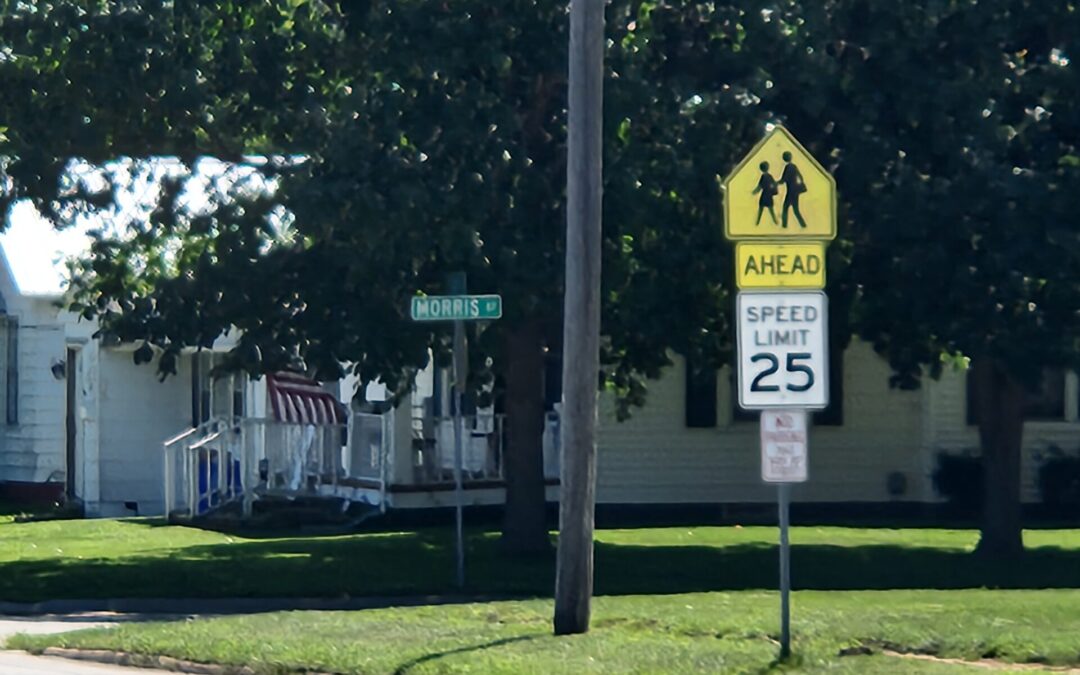Driving through school zones demands extra attention to protect the safety of students walking, biking, rolling or just getting off the bus. It’s crucial to be cautious in these areas, where children are present. In this post, we’ll explore essential strategies for navigating school zones safely, ensuring that both drivers do not put vulnerable road users at risk.
1. Don’t: When possible, don’t. Consider alternative routes that bypass school zones altogether, reducing the likelihood of encountering potential hazards. If you are dropping off students at the school try parking a few blocks away on the street or an empty parking lot and walking the last leg with your passengers. You could probably use the steps anyway. If you do need to drive through a school zone, check out the following steps to make it easier so everyone can get home happy
2. Slow Down: Reducing one’s speed as you approach a school zone is paramount. By driving at a slower pace, you extend your reaction time, which can be crucial in preventing accidents. The lower speed also provides a buffer, allowing you to stop more quickly. Remember, the safety of vulnerable road users should always take precedence over reaching your destination quickly.
3. Stay Alert: Maintaining a high level of alertness is essential when navigating through school zones (and driving in general). Keep an eye out for crossing guards helping children cross the street and for young students who may be crossing independently. School buses may also be present, loading or unloading students. Avoid distractions such as mobile phones or loud music, as they can divert your attention from the road and potentially lead to dangerous situations.
4. Expect the Unexpected: In school zones, it’s crucial to anticipate the unexpected. Children, especially younger ones, may not always adhere to traffic rules or fully comprehend the dangers of darting into the street. Be prepared for sudden stops by leaving adequate space between your vehicle and others. Anticipating potential hazards allows you to react swiftly and prevent accidents, even in unpredictable situations.
5. Respect Signs and Signals: School zone signs and signals are in place for a reason—to safeguard the well-being of children. It’s imperative to adhere to posted speed limits and obey all school zone signs and signals. These regulations are designed to guide drivers safely through areas where children are present and to prevent accidents. By respecting these directives, you contribute to creating a safer environment for everyone in the vicinity.
By implementing these five fundamental steps, you can play a vital role in ensuring the safety of children in and around school zones. Your vigilance and adherence to safe driving practices can help prevent accidents and protect the most vulnerable members of our communities.

